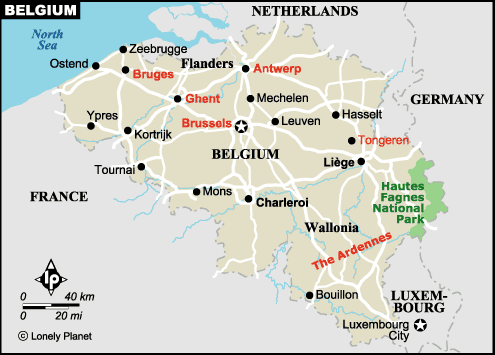In September 1944, following the rout of the German armies from Normandy, the allied armies of the U.S., Britain and Canada surged eastward from France into Belgium. While reaching the Rhine was their main focus, attention was finally given to the liberation of Antwerp, a port that could handle the vast logistical supply necessary for three armies on the move.
Although the city of Antwerp had fallen to the British, the docks had not been cleared, and the approaches to it along both banks of the Scheldt River were strongly held by the vaunted 15th German Army, who were determined to prevent the Allies from making use of the port of Antwerp. Until the mouth of the Scheldt estuary was closed, Antwerp–60 miles inland–was of no value.

German General Gustav von Zangen, commanding 15th Army, issued an order declaring that: “the defence of the approaches to Antwerp represents a task which is decisive for the further conduct of the war.” First Canadian Army had three divisions under command: 4th Canadian Armoured (including the Polish Armoured), and the Second and Third Infantry: in all, some 50,000 men.
Fourth Canadian Armoured was ordered to pursue the enemy to the area around the town of Eeklo, northwest of Gent and clear a crossing of the Gent Canal at Moerbrugge. The Argyll and Sutherland Highlanders of Canada, supported by the Lincoln and Welland Regiment, struggled for the objective for three days, with heavy casualties.
On the morning of September 10, the engineers completed a bridge. The tanks of the South Alberta Regiment joined the infantry and began flushing the enemy from houses and haystacks. The division was next ordered to do an immediate crossing of the Leopold Canal “to keep the Germans on the move.” The Canadians discovered they were fighting an enemy whose well-organized delay actions and determination revealed just how committed the Germans were to defending the approaches to Antwerp. The Algonquin Regiment had 28 killed, 40 wounded and 66 taken prisoner. The German counterattack employed all available resources, but the Algonquins held on.
The Canadian Grenadier Guards with the Lincoln and Welland Regt. on board led the way to Maldegem on the morning of September 15. The enemy was gone and they continued east past open fields where one day the Commonwealth War Graves Commission would establish the Canadian military cemetery at Adagem where 848 Canadian and 298 Polish and British soldiers lie.
The task of clearing the approaches to the city of Antwerp along the banks of the Scheldt Estuary, was assigned to 2nd and 3rd Canadian. Infantry Divisions. Third Division was to attack Scheldt Fortress South, which the Canadians called the Breskens Pocket. Second Division was to “clear the area north of Antwerp and close the eastern end of the Zuid-Beveland Isthmus.” Once these tasks were complete, both divisions would develop operations to clear Beveland and capture Walcheren Island to the northwest.
Before any attack on Walcheren could be mounted, the Canadians needed to capture the Breskens Pocket. General Guy Simonds planned Operation Switchback, which called for 9th Brigade. to assault the Breskens Pocket through the back door. Tracked amphibious vehicles known as Buffaloes would enter the water at Terneuzen, which had been captured by the Polish, and then land the brigade on the lightly defended northeast coast near the Dutch town of Hoofdplaat. But for this to work, the enemy’s attention had to remain focused on the Leopold Canal. So, 7th Brigade was ordered to carry out a frontal attack near the main Breskens road.
Switchback was a very risky operation. To succeed it would require surprise, extraordinary courage and maximum fire support from the artillery and air force. Overcast skies in a rainy October were bound to limit the tactical air force. This meant that the gunners had to be especially creative. Brigadier Stanley Todd, artillery commander of the 3rd Canadian. Division, devised a brilliantly conceived plan to support the infantry. Wasp flamethrowers were used for the first time in support of the attack. The air plan for Switchback employed the full resources of 84 Group, Second Tactical Air Force, which was made up of Royal Canadian Air Force and Royal Air Force squadrons and included British, Polish, Norwegian, French and Czech fighter wings.
After close to one month of savage fighting in the war’s most miserable conditions, the Canadians drove the Germans from Breskens Pocket. Meanwhile, 2nd Canadian Division, working closely with Belgian resistance fighters, known as the White Brigade, cleared Antwerp’s port, and subsequently advanced north into Holland.
Adapted from an account by historian Terry Copp, published in Legion Magazine
